“The United States is a global hyperpower that increasingly produces the conditions for its own instability (politically, economically, environmentally) and then mobilizes the resulting vulnerability of its citizens and systems to demand an even greater investment in security infrastructures.”
The Theater of Operations is a book about how the US counterterrorism state that emerged from the twisted metal and debris of 9/11 used (and uses) our emotions (fear/anger/terror) to manufacture consent for the forever wars. The author, Joseph Masco, is an anthropologist who brings together ethnography, history, and media studies to reveal what those of us with a little more imagination call the deep state. Originally published in 2014, I reached for Theater of Operations in August of 2024 as part of my ongoing efforts to better understand and contextualize Israel’s genocide in Palestine. As I read this book, I reflected on my generation’s failure to end the Iraq War after five years of nonstop protesting and organizing with a bit more compassion: there were so many unknown unknowns for us in those early days of Facebook. AIPAC was not on our radar and our phones were not yet smart enough to livestream the atrocities our military was carrying out (although they sometimes got leaked). We didn’t understand the true extent of the Patriot Act in any capacity and could not conceive of the massive counterterror state that was digitally enfolding us as we became addicted to publicly “liking” things.
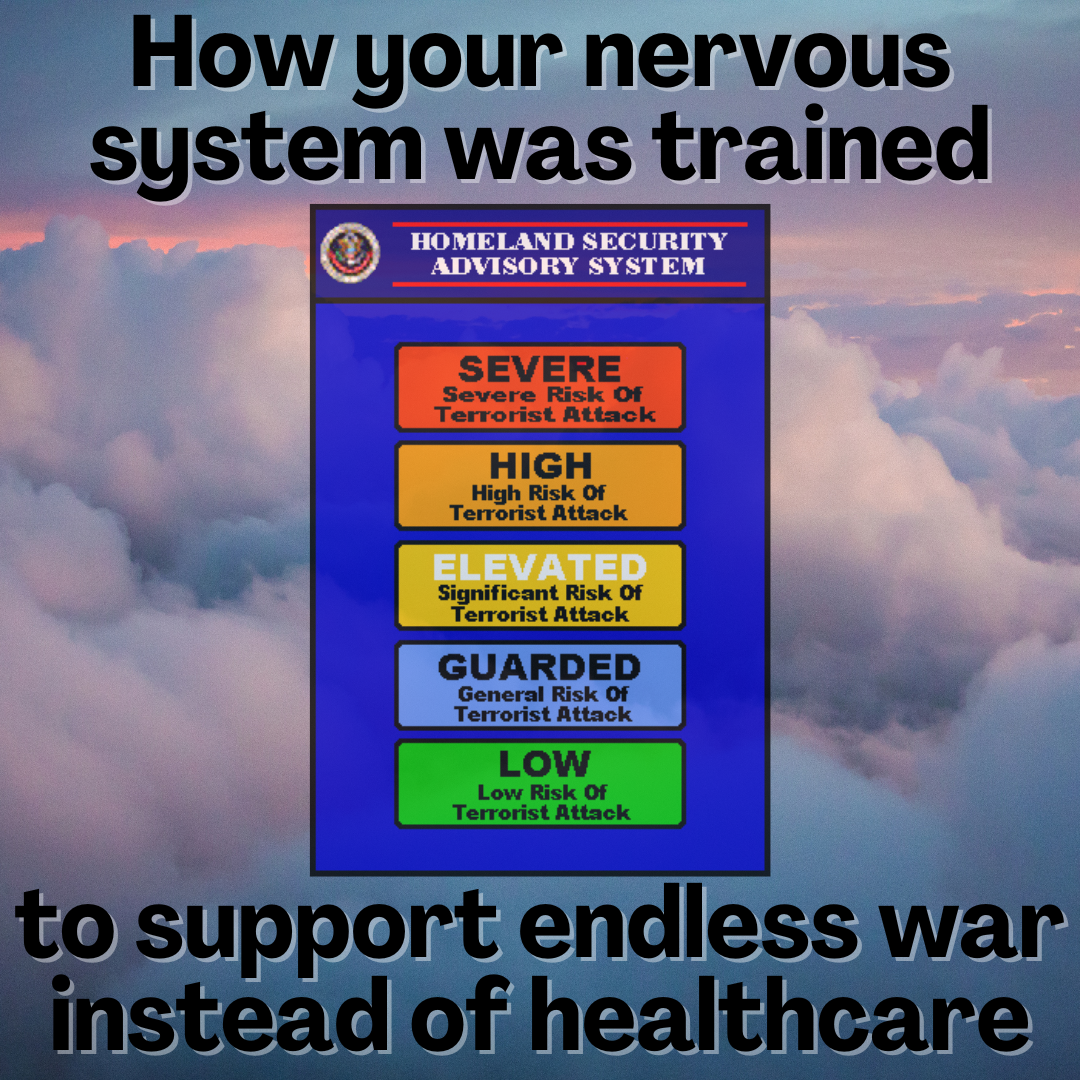
Before the War on Terror, Americans were affectively organized through fear of nuclear annihilation. Masco spends the first chapter detailing how this came about, from Hiroshima and Nagasaki through the Cold War arms race with the USSR, Civil Defense drills, and suburban bomb shelters (racially segregated, naturally). The 1950s white flight to the suburbs wasn’t just about white picket fence desires, but a flight from the urban population centers that were understood to be prime targets for Soviet nuclear aggression. Through nationwide media campaigns, films, and simulations that brought together military, industry, and civil society, Americans were conditioned to imagine and normalize mass death and perpetual vulnerability. These practices created a reality where every American at every moment was a potential victim of Soviet nuclear aggression. And that reality created a lot of very expensive security costs for which American citizens would have to pick up the tab – both financially (about $13,000,000,000,000) and morally.
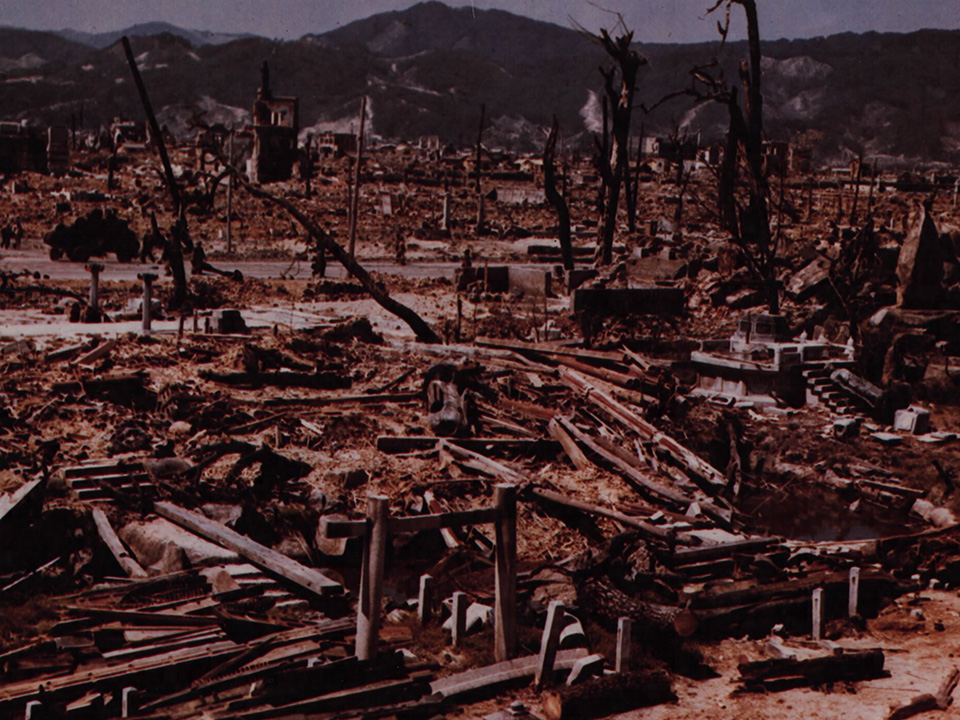
I don’t think I really understood the extent to which American fear of annihilation was woven into everyday life during the Cold War, finally coming into its own as a quintessentially American cultural trait once the US dropped the bombs on Japan. It’s a strange collective paranoia to be the only party in history with the resources to carry out a nuclear apocalypse, while at the same time scared of a potential nuclear apocalypse delivered by one’s enemy. Seems like projection on par with fears of white genocide: every accusation is a confession. Patriotic fatalism: positively identifying with the God-like power of the bomb and at the same time knowing that it’s a deal with the devil that is likely to demand future sacrifice1.
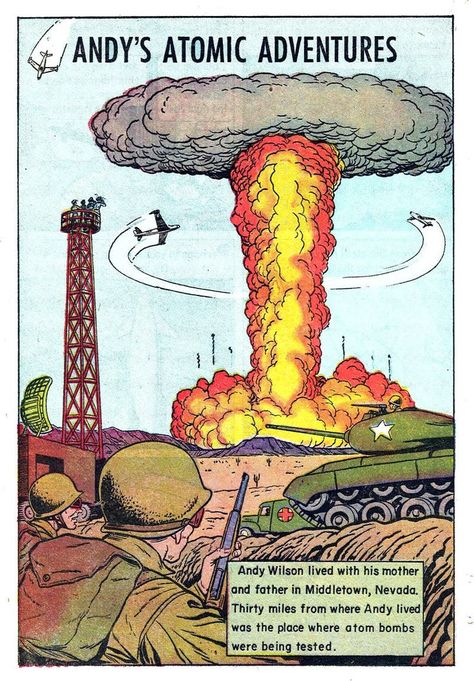
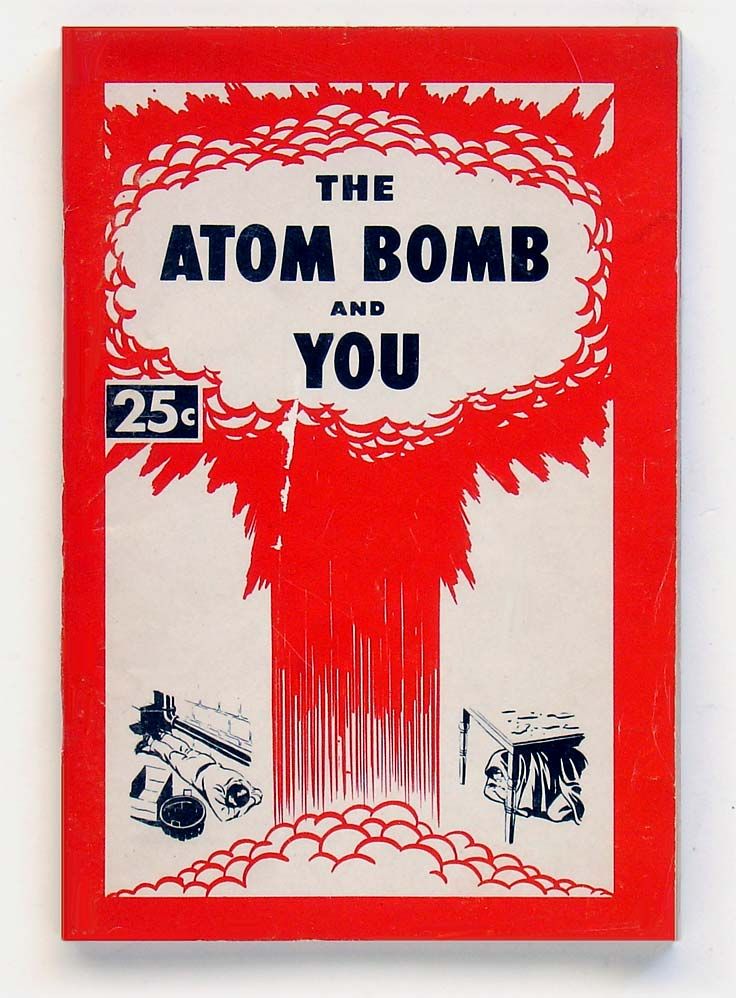
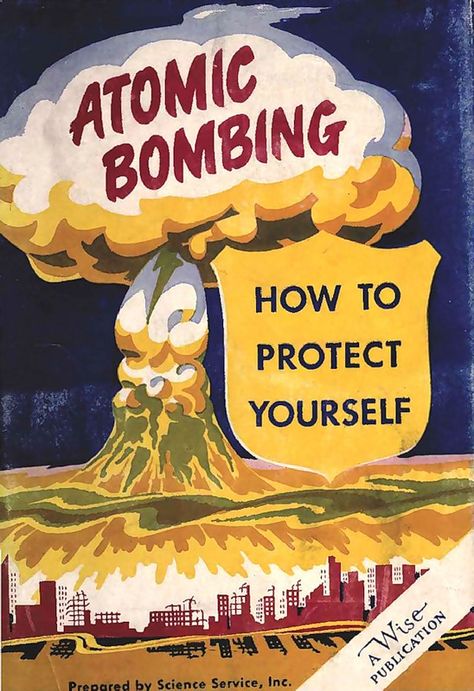
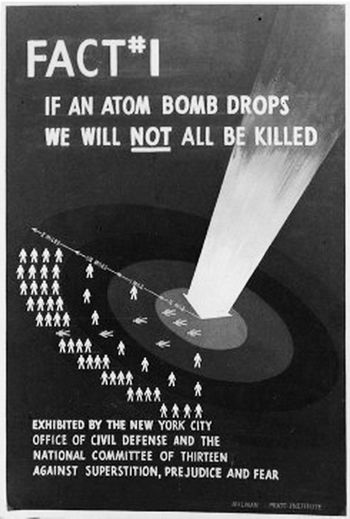

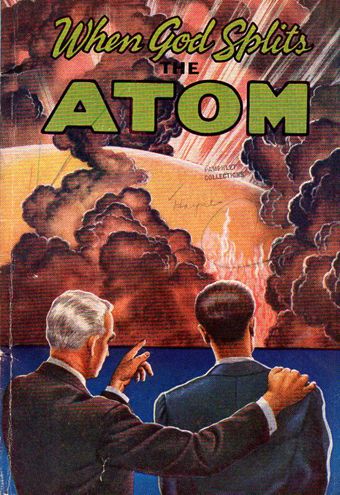
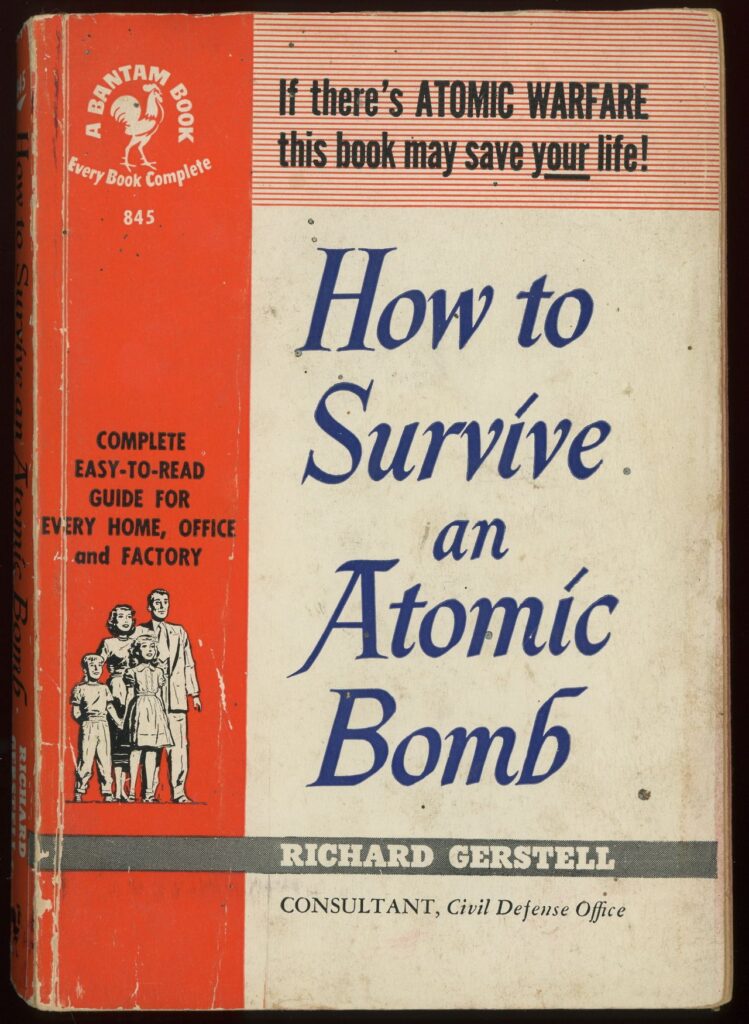
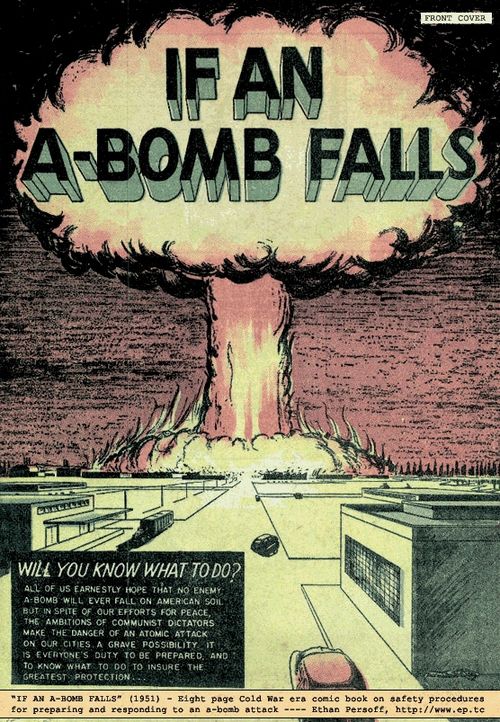
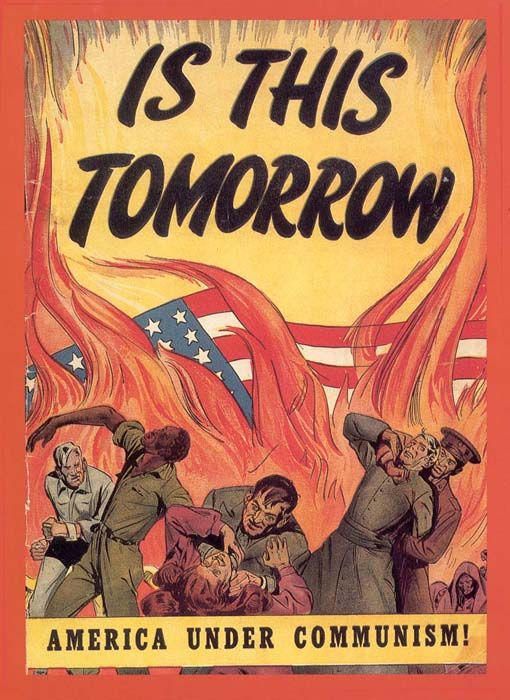

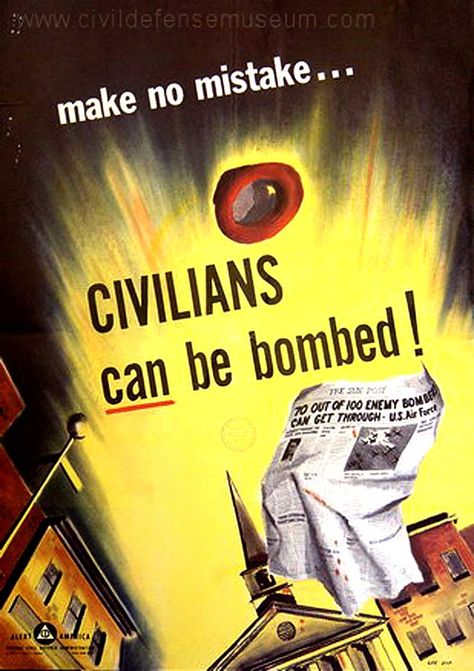
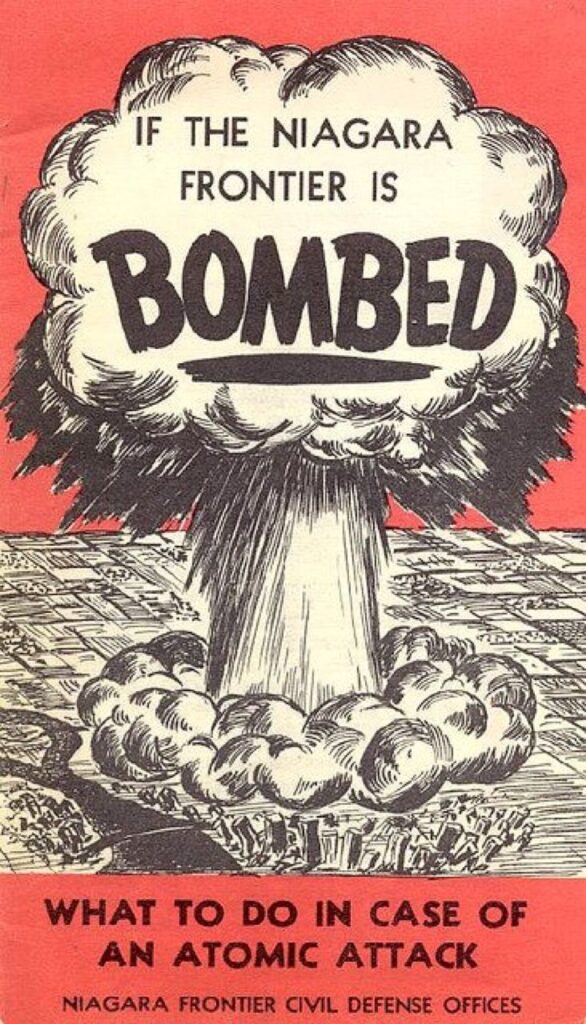

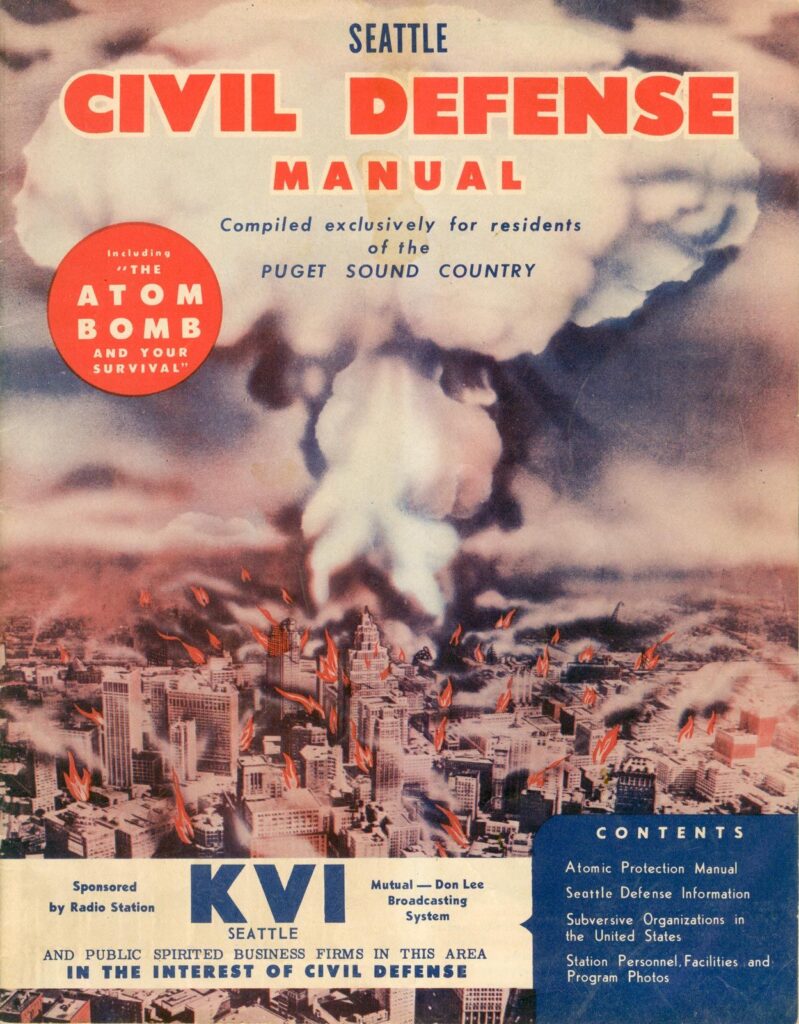
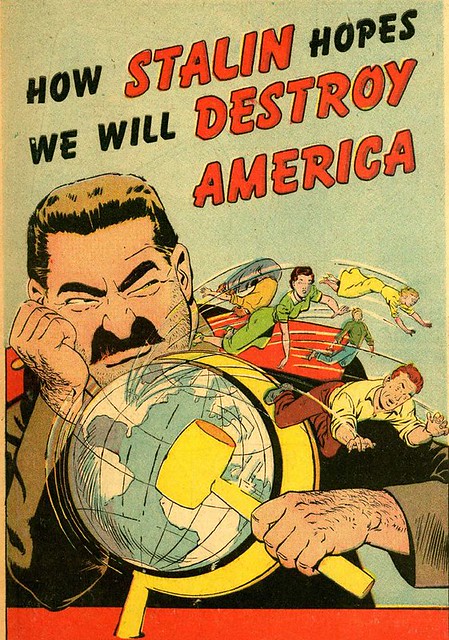
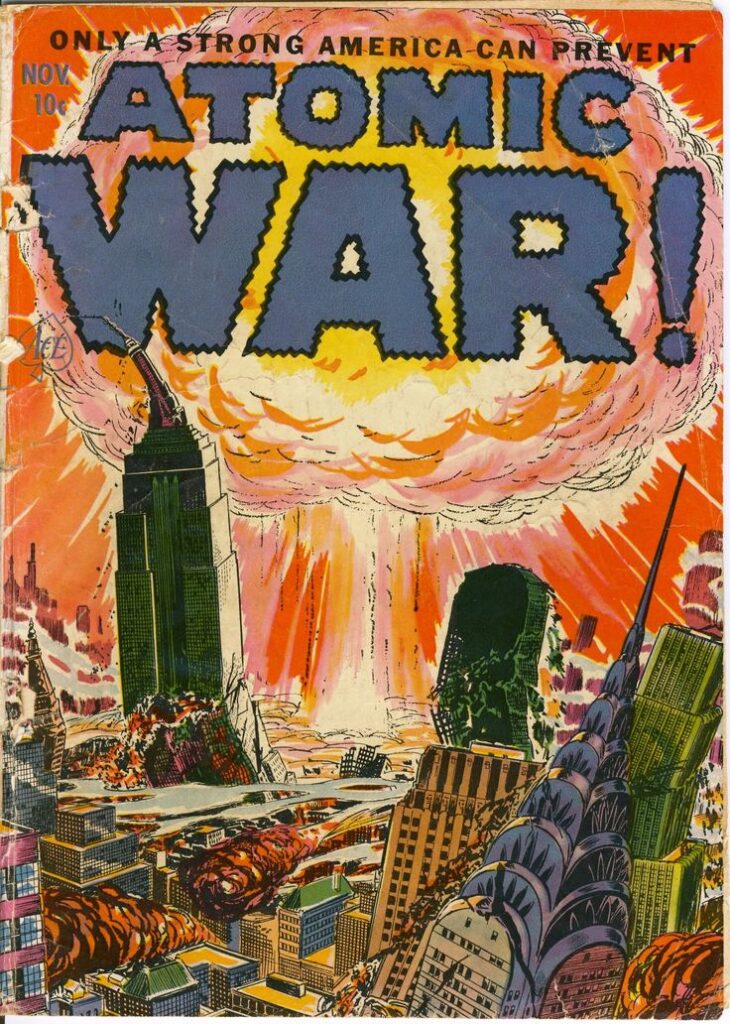

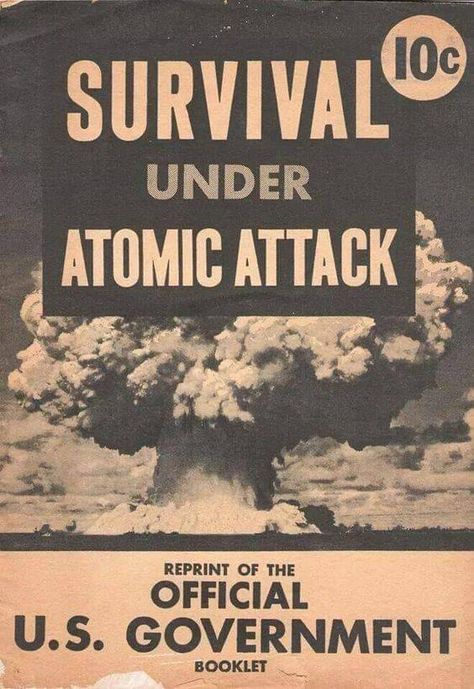
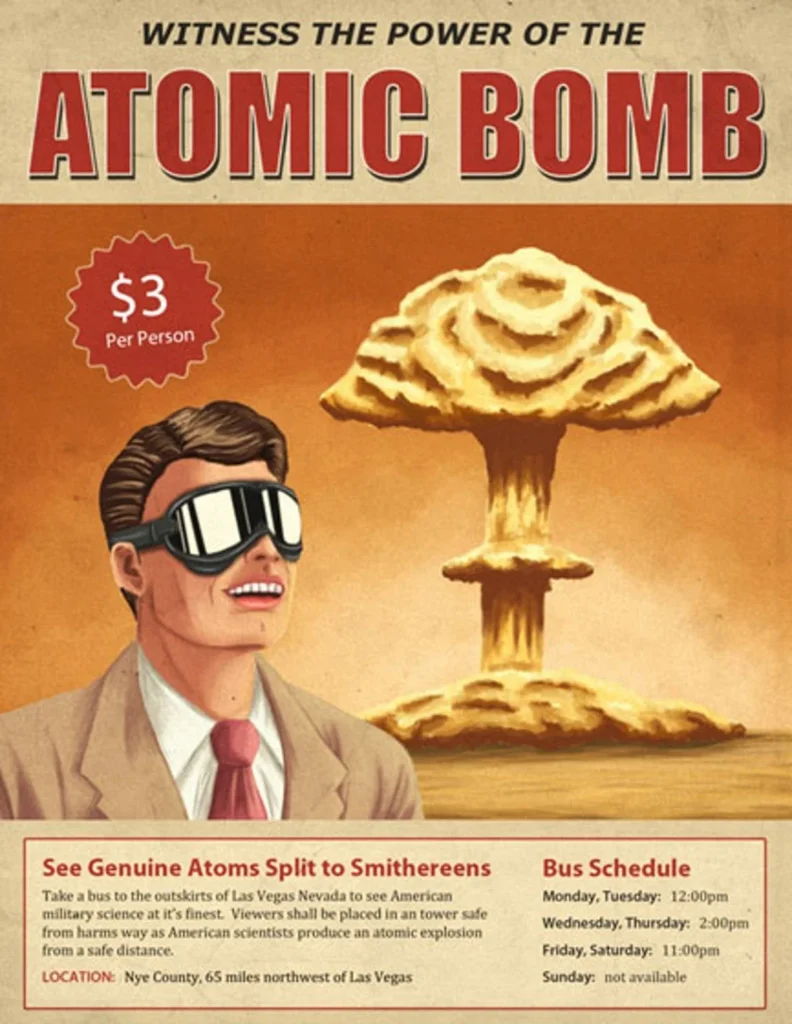
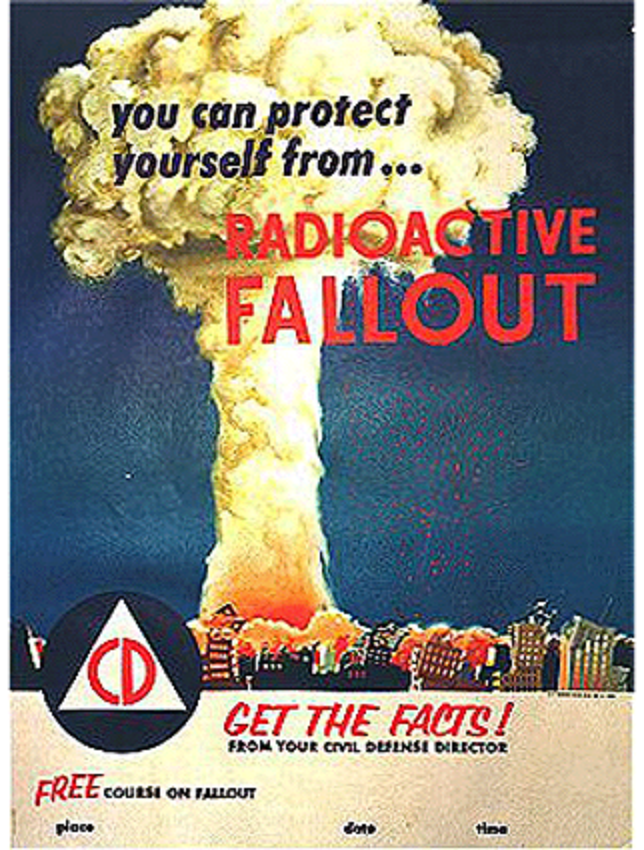
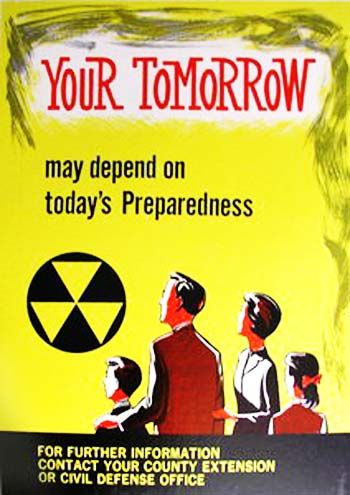
Most baby boomers (born between 1946-1964) would have participated in “duck and cover” drills throughout their school years, while tv and film filled their imaginations with mushroom clouds and communist spies2. They were coached from a very young age to perform “extreme self-control” as a form of perpetual vigilance against the nuclear threat (50). I have to wonder how being institutionally socialized to both fear and stoically accept mass death as embodied patriotism can affect a person’s capacity for empathy and emotional regulation over the long run. But I digress…
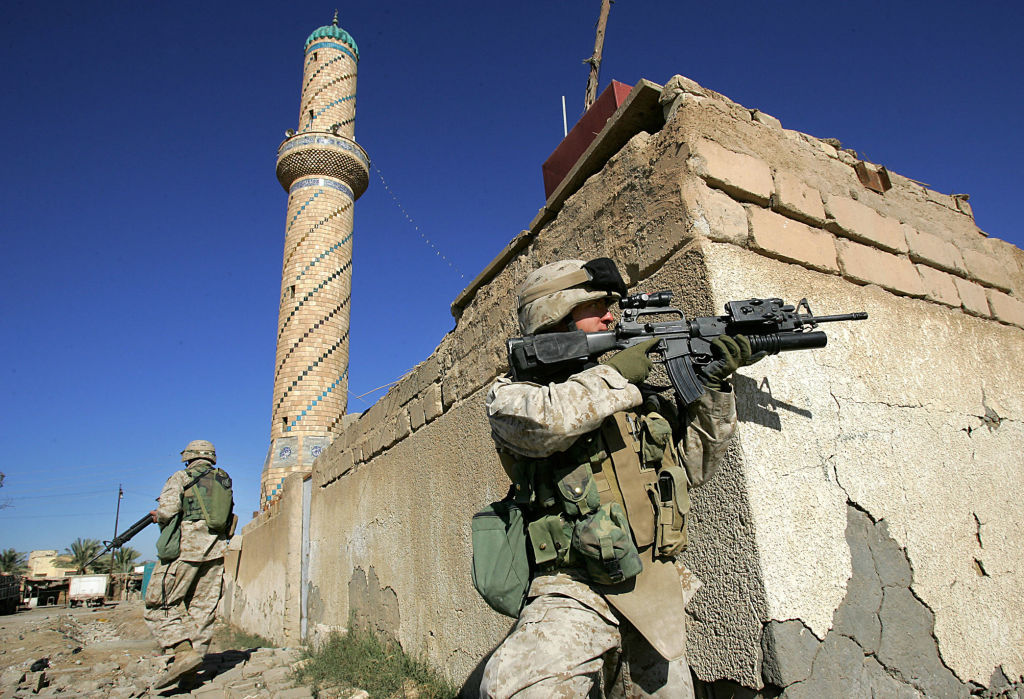
The military-industrial security state was already quite large on 9/11/01. US military spending was about $331,000,000,000/year, had about 8,000 nuclear weapons at its disposal, and the CIA did it’s job to brief the president on 8/6/01 that “Bin Laden [was] Determined to Strike in U.S.” But just as the US was able to weaponize the fear of an anticipated threat of a Soviet nuclear attack to mobilize collective resources towards building a global security network and develop the most destructive weapons possible, it was able to do the same after 9/11 to build a massive counterterrorism apparatus on top of and with the existing countercommunism state. This time, the enemy wasn’t another nation-state with nuclear weapons, but transnational terrorist organizations with weapons of mass destruction (WMDs) that could be nuclear, but they could also be chemical, biological, or some other horrific thing that is not yet known.
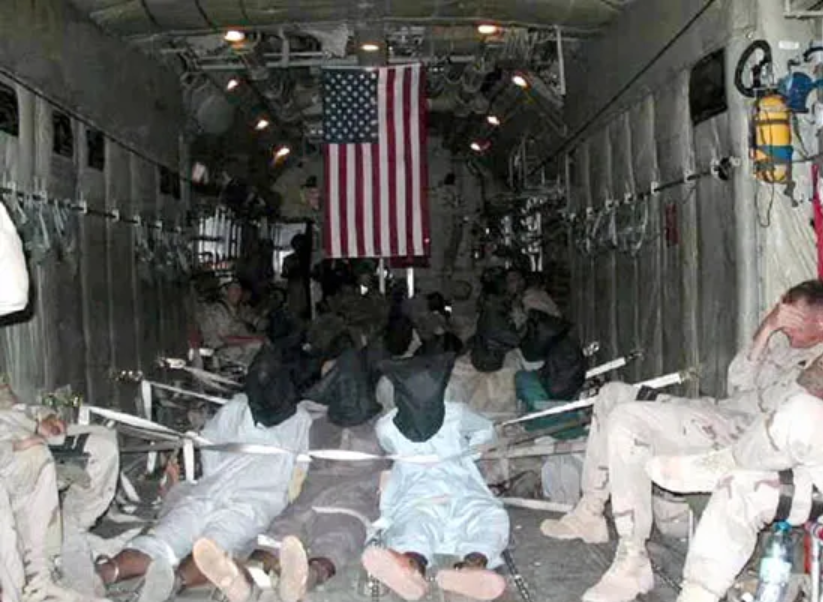
This book is jam-packed but I want to mention one example from the chapter on bioterrorism that reminded me of Israel’s military propaganda since October 7. A couple weeks after 9/11 came Amerithrax, in which five envelopes containing a little note and some anthrax powder were sent to two senators and three newsmedia figures, compounding the anxiety of people who were still in all likelihood watching content about the 9/11 attacks around the clock. Suddenly biosecurity was a thing and George W. Bush was vaccinating the military against an imagined small pox attack3. The FBI launched a manhunt that lasted ten years, eventually pinning it on a quirky Army scientist whose entire career revolved around studying anthrax, Dr. Bruce Ivins. Unfortunately Dr. Ivins ate two entire bottles of Tylenol before the investigation was completed. When Colin Powell delivered his speech to the UN Security Council in February of 2003, he was trying to get their support for the US’s imminent illegal invasion of Iraq by adding a little extra fear to spice it up. He took out a little vile of white powder and put on a show worthy of Daniel Hagari himself, saying “tens upon tens upon tens of thousands of teaspoons.”
I’m not trying to do a full book review with these posts so I’m going to end here. If you would like to read this book, you can access it for free via the Internet Archive. I wasn’t able to find it as an audio book on Libby and Audible is the only place I could find it. Society+Space has a great interview with the author about this book. On Youtube, check out this lecture by Dr Gerard Toal on Joseph Masco’s book The Theater of Operations (Duke, 2014) as part of his Spring 2017 graduate course Topics in Political Geography at Virginia Tech’s School of Public & International Affairs.
Since October 8 I keep saying that Israel isn’t exceptional: it holds up a mirror to its mentor, the United States. Every atrocity, every insult, every war crime, every lie right to our faces: we’ve done it before and at a greater scale. Israel is unique, but it isn’t uniquely evil. It is crucial that we understand this viscerally and materially or else we will not understand the context of American Empire. For more on that context, check out these free audio resources: the Blowback podcast (also on Spotify), The Civilizations Series (the *anti-imperialist* world history course your university never offered, because they couldn’t fit it all in a single course), Geopolitical Economy Report, and this lecture Resisting Imperial Memory: Confronting the History of U.S. Aggression in Iraq. There is SO MUCH information out there but these are a good start.
- I originally mentioned the Hannibal Directive right here as an example in Israel that parallels what I called America’s “patriotic fatalism”. A reader/friend gave me feedback that this could be playing on antisemitic and conspiratorial tropes (my hyperlink source also wasn’t great), so I took out that line and am instead including a couple of articles I’ve read that show the affective resonance I’m describing. I am not saying that Hamas wasn’t responsible for most of the casualties on October 7. What I’m interested in is nationalist narratives related to being the citizen of a country that can instantly destroy the planet that trickles down into parts of society that are primed through fear to receive it. There is also the element of settler-colonial psychology related to the fear of indigenous sovereignty that links the US and Israel, which I’ll get into another time. IDF officers invoked defunct ‘Hannibal Protocol’ during Oct. 7 fighting – report (Times of Israel on the Haaretz report), The Samson Option: Israel’s Nuclear Arsenal & American Foreign Policy by Seymour Hersh, Israel’s national murder-suicide pact in Electronic Intifada, and White House: Israeli ultranationalist minister willing to sacrifice hostages in Gaza in Axios. ↩︎
- For an interesting essay on what it was like to be a kid during Cold War, check out “America’s Children in an Era of War, Hot and Cold,” Chapter 1 in the book Rethinking Cold War Culture, which you can get free as a Google Book. ↩︎
- This also provided the opportunity for the National Institute of Health (NIH)[2] to tap into some of that sweet counterterrorism funding that was sloshing around. Dr. Fauci (of our COVID flashbacks) was the director of the National Institute of Allergy and Infectious Disease (NIAID) at the time and he successfully argued for a “dual-use biodefense program” that would enable research for public health at the same time as it worked on bioweapons and stockpiling vaccines (160). This means that Dr. Fauci technically is part of the deep state [this is a joke/sorry if you don’t like it]. ↩︎
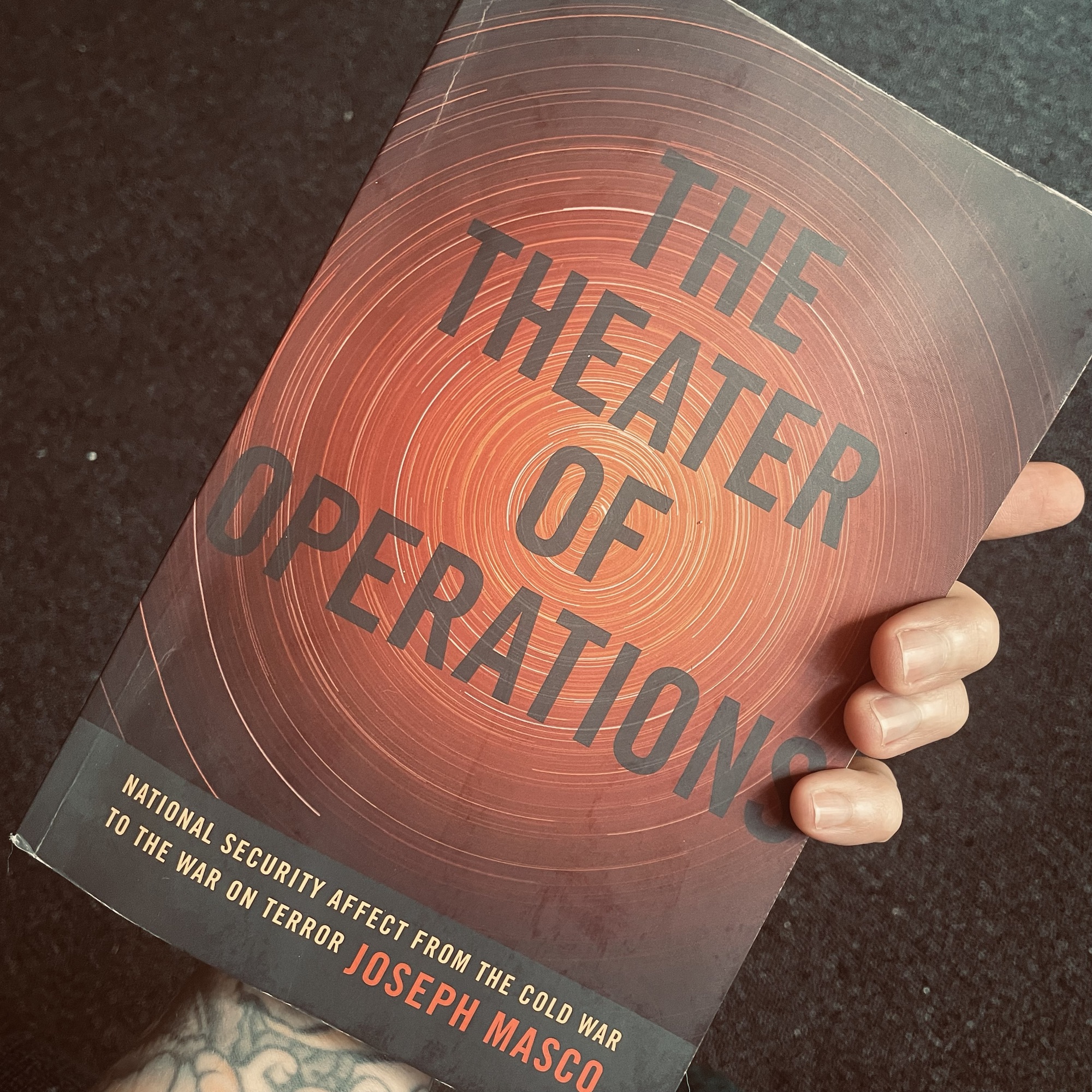
Leave a Reply